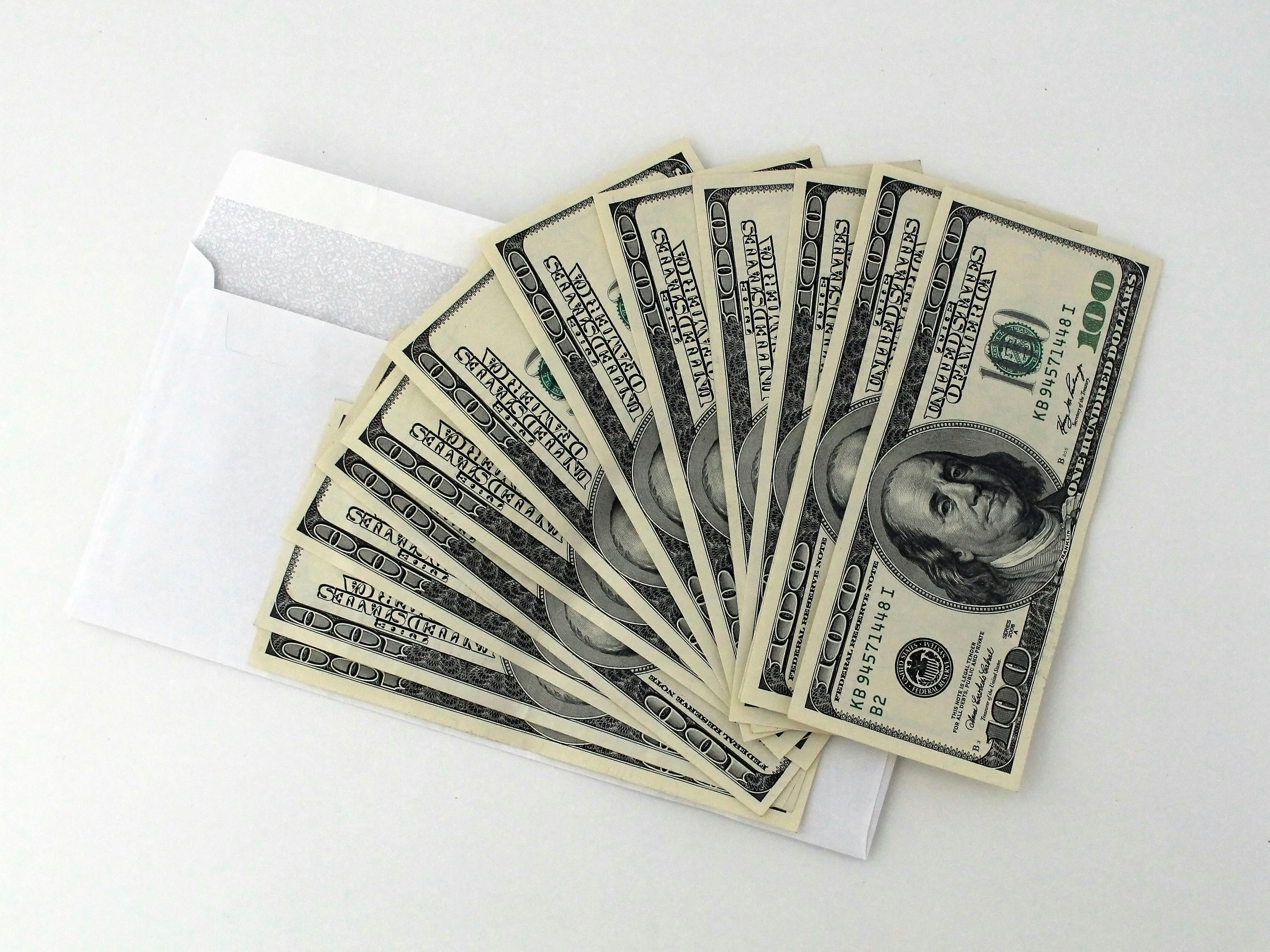Fuel & Fleet Cards: Practical Ways to Cut Gas Costs for Any Driver
Fuel and fleet cards are payment tools designed for drivers, businesses, and organizations that buy gas regularly. They simplify billing, provide control over purchases, and can deliver savings through negotiated pricing, rebates, or per-gallon discounts. This article explains how fuel cards work, whether seniors can benefit, how cards reduce gas costs, the common types of savings, and where discounts typically apply.

What are fuel cards and how do they work?
Fuel cards are specialized payment cards issued by fuel brands, financial firms, or fleet-management companies that let drivers purchase gas and vehicle-related items without cash. Instead of paying at the pump with a credit card, a fuel card charges an account tied to a business or individual. Administrators can set purchase limits, restrict merchant categories, and receive consolidated statements that simplify bookkeeping and tax reporting. Many cards also include online portals for transaction tracking and compliance controls.
Can seniors benefit from fuel cards?
Seniors who drive frequently or manage household vehicle costs can benefit from fuel cards, especially if they organize shared transportation, volunteer driving, or small-scale errands. Cards that offer fixed discounts per gallon, annual rebates, or partner-store savings reduce out-of-pocket spending compared with pay-at-the-pump rates. Seniors should check eligibility requirements, as some fleet or business accounts require a registered business or minimum monthly spend, while individual consumer-focused cards are often more flexible.
How do fuel cards reduce gas costs?
Fuel cards reduce gas spending in several ways: negotiated lower pump prices at specific networks, per-gallon discounts, and rebates applied as account credits. They can also reduce incidental expenses by offering maintenance or roadside perks that prevent costly repairs or tow fees. For fleets, cards help cut fuel theft and misuse through controls and reporting, which indirectly reduces overall fuel outlay. The net savings depend on card terms, fueling frequency, and whether the card is used at network stations or widely accepted locations.
What types of savings are available?
Savings typically fall into per-gallon discounts, monthly or annual rebates, volume-based pricing, and partner-store promotions (car washes, convenience stores). Some cards offer discounted pricing off the wholesale rack price at participating stations; others provide fixed pennies-per-gallon savings. Additional savings can come from consolidated invoicing that trims administrative costs and from fuel tax reporting features that help recover eligible taxes. Compare the structure — flat discount vs. percentage vs. rebate — to see which aligns with your fuel patterns.
Where do discounts apply and what are the limits?
Discounts usually apply at participating fuel networks, designated brand pumps, or merchant partners listed in the card’s program. Restrictions often include a cap per transaction, limits on non-fuel purchases, and exclusions for certain station types. Cards intended for fleet use may limit purchases to vehicle-related items and may not be valid at independent or out-of-network stations. Always review participating station maps and merchant agreements to ensure the card covers the local services and routes you use most.
For real-world cost context, fuel card programs vary: some charge account fees, transaction fees, or require a minimum monthly spend; others have no monthly fee but offer smaller discounts. Below is a comparison of representative, verifiable fuel card products and typical cost estimations. These are examples of commonly available programs; actual offerings and eligibility can differ by country and provider.
| Product/Service | Provider | Cost Estimation |
|---|---|---|
| Shell Fleet Card | Shell | Monthly fees often $0–$10; discounts typically a few to several cents per gallon depending on location and volume |
| BP Fleet Card (BP Plus) | BP | Account fees may be $0–$15; per-gallon savings or rebates vary by contract and region |
| WEX Fleet Card | WEX Inc. | Setup or monthly fees vary by plan; transaction fees possible; discounts and reporting tools tailored to fleet size |
| Fuelman (FleetCor) | FleetCor | Typical monthly fees $0–$20; offers volume-based discounts and extensive reporting features |
| ExxonMobil Smart Card | ExxonMobil | May include account administration costs; discounts depend on station network participation |
Prices, rates, or cost estimates mentioned in this article are based on the latest available information but may change over time. Independent research is advised before making financial decisions.
Conclusion
Fuel and fleet cards can be useful tools for reducing gas expenses, streamlining billing, and improving spending control for drivers, seniors, or businesses. The best choice depends on how often you fuel, where you drive, and whether you need administrative features like purchase limits and reporting. Review participating locations, fee structures, and discount mechanics to match a card to your routine and maximize savings.






